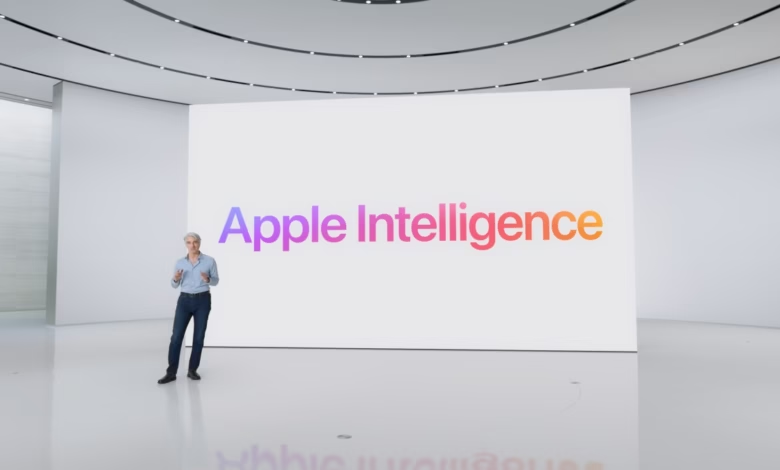Apple Intelligence: A Complete Guide to Apple’s AI Model & Features

▼ Summary
– Apple Intelligence, launched in October 2024, integrates AI features into apps like Messages and Mail, competing with Google and OpenAI.
– It includes text generation (Writing Tools) and image creation (Genmojis, Image Playground), powered by on-device and cloud-based models.
– Siri received major upgrades, including app integration and onscreen awareness, but a more personalized version was delayed due to errors.
– Apple Intelligence is free and available on newer Apple devices, with support for multiple languages rolling out in 2025.
– Developers can use Apple’s Foundation Models framework to build offline AI features into third-party apps, prioritizing privacy and cost efficiency.
Apple Intelligence represents the tech giant’s ambitious leap into artificial intelligence, seamlessly integrating AI capabilities across its ecosystem to enhance user experiences. Since its debut in October 2024, this platform has been transforming how iPhone users interact with everyday apps like Messages, Mail, and Notes. Designed to compete with industry leaders like Google and OpenAI, Apple Intelligence combines generative AI with the company’s signature privacy-focused approach.
At its core, Apple Intelligence leverages large language models (LLMs) to power features such as Writing Tools, which help users summarize text, proofread content, and even draft messages with contextual prompts. The system also introduces image-generation capabilities, allowing users to create custom emojis (dubbed Genmojis) and standalone visuals through the Image Playground app. These tools integrate smoothly into Messages, Keynote, and social media sharing.
One of the most anticipated upgrades is the revamped Siri, which now operates with deeper app integration and onscreen awareness. Users can now ask Siri to edit a photo and insert it directly into a text—eliminating previous friction points. While Apple teased a more personalized version of Siri at WWDC 2025, its release was delayed due to performance concerns.
Beyond Siri, Apple unveiled Visual Intelligence for image-based searches and Live Translation for real-time conversations in Messages and FaceTime. These features, expected with iOS 26 later in 2025, highlight Apple’s commitment to blending AI with practical utility.
Apple Intelligence launched alongside iOS 18.1, iPadOS 18.1, and macOS Sequoia 15.1, initially supporting U.S. English before expanding to other languages. The platform is available on newer devices, including the iPhone 16 series, iPhone 15 Pro models, and M1-equipped iPads and Macs. Notably, standard iPhone 15 models lack compatibility due to hardware limitations.
Unlike cloud-dependent AI services like ChatGPT, Apple Intelligence prioritizes on-device processing for privacy and efficiency. Simple tasks, such as composing emails, run locally, while complex queries use Apple’s Private Cloud Compute—a server-based solution maintaining the same privacy standards.
Third-party integration is another key aspect, with Apple partnering with OpenAI to supplement Siri’s knowledge base and Writing Tools. ChatGPT access is free, though premium subscribers enjoy additional benefits. Future collaborations, likely including Google Gemini, will further expand functionality.
For developers, Apple introduced the Foundation Models framework at WWDC 2025, enabling offline AI integration in third-party apps. This opens doors for innovative features, like personalized study tools in educational apps, all while keeping data secure and local.
Apple Intelligence isn’t just another AI platform, it’s a carefully crafted extension of Apple’s ecosystem, balancing cutting-edge technology with the company’s hallmark simplicity and privacy. As updates roll out, users can expect smarter, more intuitive interactions across their devices.
(Source: TechCrunch)





